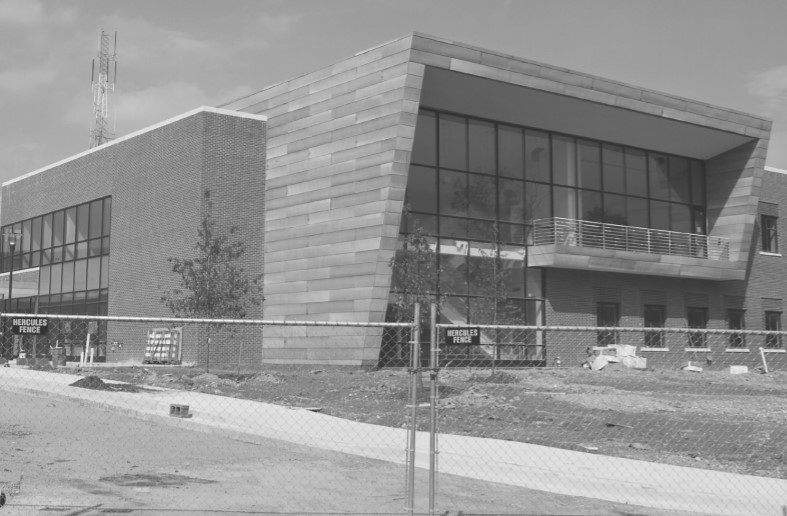Downsizing often means sacrifice, especially in today’s struggling economy. But St. Elizabeths hospital in the District says its “downsizing” efforts will, hopefully, lead to simplicity without sacrifice.
By early 2010, the hospital plans to cut the ribbon on a new mental health facility, which will replace all but one building on the largely dilapidated and unused campus. The hospital currently operates approximately 15 of the 40-plus buildings on the east campus.
The new facility will replace the current John Howard Forensics Hospital, which treats patients admitted via the courts, and will also house some civil patients, who are admitted privately. St. Elizabeths now cares for about 400 inpatients. The new hospital will care for 250-300 patients, and the existing civil hospital will remain as the only other functioning St. Elizabeths facility and will hold remaining patients.
Maureen Jais-Mick, director of community outreach and volunteer services at St. Elizabeths, says that the new building will not only provide more resources for patients, like courtyards and gymnasiums, but also represents a shift in the hospital’s goals and methods.
“The new hospital allows us to have a much bigger emphasis on recovery,” Jais-Mick said. For example, she said, one significant change St. Elizabeths hopes to fully implement by the transition is a switch to restraint-free care.
“You can drastically reduce the need for restraint if you de-escalate the situation rather than escalate it,” said Jais-Mick. “There is less trauma involved for the patients that way, so we’re training against the use of restraints.”
A move toward restraint-free care is seen as supporting founder and mental health pioneer Dorothea Dix’s mission for St. Elizabeths: “The most humane care and enlightened curative treatment.”
Additionally, the hospital hopes that the building’s design will allow it to stay true to Dix’s principles of “moral treatment.” With lots of natural lighting, open spaces, accessible courtyards, greenhouses, single-patient rooms, and a 28,000-square foot green roof, it will try to create a more comfortable environment for maximum and minimum security patients alike.
“There are courtyards all around the building so some patients will be able to go outside without staff,” Jais-Mick said.
Another important feature of the new building is a 250-seat auditorium, which will be open to both patients and the community. Jais-Mick emphasized the hospital’s focus on the arts, which includes a summer concert series and will allow for patient artwork to be featured throughout the hospital.

Patient care and mental health research at St. Elizabeths have steadily declined since their peak in the 1950s with about 7,000 patients, but St. Elizabeths remains an American landmark in mental health treatment and research. After opening as the first federally run insane asylum in 1855, the hospital provided a model for other American mental health facilities.
Its opening was an important step in American mental health care during a time when people with major mental illness were typically marginalized and abused in archaic facilities, or simply imprisoned.
The hospital has a long history that includes famous researchers and patients alike. For example, the nation’s first forensic psychiatry patient, Charles Guiteau, was treated at St. Elizabeths before he was executed for the assassination of President James Garfield. Some years later, Carl Jung studied African American patients at St. Elizabeths, looking for innate links between race and the unconscious (he concluded that there were none).
Today, the west campus belongs to the federal government, which plans to use the site as the new headquarters for the United States Department of Homeland Security. This decision has brought much controversy to the hospital and the surrounding community. Some are concerned that the development will jeopardize the historic value of the site, and others lament that the Department of Homeland Security will simply exist in, but not interact with, the surrounding economically depressed community.
The east campus will be consolidated into the two buildings, and will continue to belong to the D.C. government.




